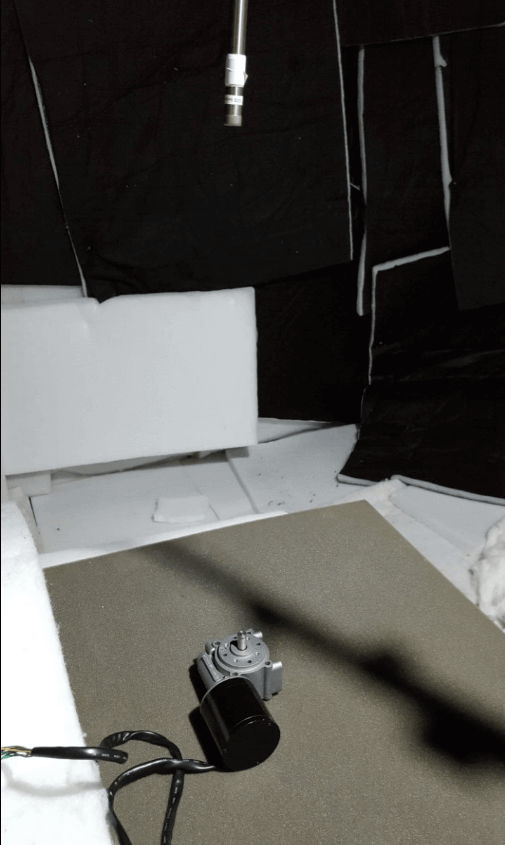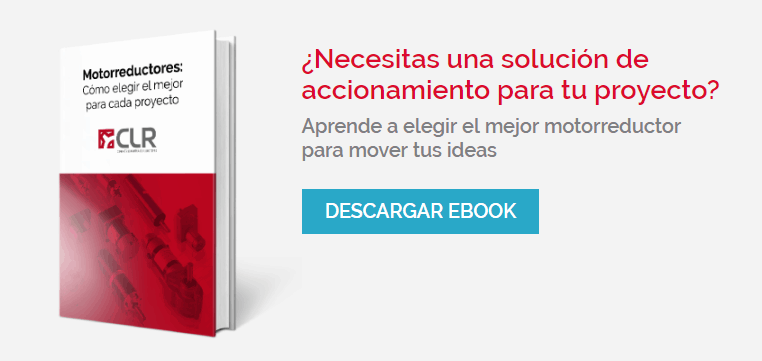
The importance of good sound pressure measurement in equipment and machine reducers
En la siguiente entrevista a nuestro Ingeniero de Sonido, Pedro Poveda, tratamos uno de los temas que más preocupa a nuestros clientes cuando se embarcan en la mejora de sus reductores: la correcta medición de la presión acústica.
In the following interview with our Sound Engineer, Pedro Poveda, we are dealing with one of the issues that most concerns our customers when they embark on the improvement of their reducers: the correct measurement of sound pressure.As a manufacturer of gearmotors with more than 40 years of experience, we are always looking for the compliance with the highest sound standards to achieve the complete satisfaction of our customers and the achievement of their strategic objectives. Do you want to know the sound pressure studies we carry out and what results we obtain? Keep reading!
What is acoustic or sound pressure when we talk about industrial machines or equipment?
The vibrations produced by the different components of a machine give rise to a disturbance that spreads in the form of wave motion of air particles. This movement produces small variations in atmospheric pressure. La Difference between instantaneous pressure And the Atmospheric pressure is known as acoustic pressure.
What sound pressure studies are carried out at CLR?
To determine the sound power level generated by a reducer, measures are carried out of sound pressure in an anechoic and semianechoic chamber, in accordance with different standards such as standard ISO 3744 Or the ISO 3745.
What measuring instruments are used?
CLR has sound level meters to determine the level of Sound pressure issued by its products. In the same way, it employs measuring microphones for the determination of the sound power level and a Intensimetric probe to know the sound intensity generated by the reducers.

What are the consequences or connotations of different sound pressure levels or sound frequencies?
In certain cases, the customer sets minimum noise requirements that the reducers must meet. Sometimes these requirements are set by a regulations, as is the case of rear-view mirror covers for vehicles (standard TL_82398). As a general rule, it establishes a maximum sound pressure level that the device cannot overcome. Taking into account the operating mode of the human ear and in accordance with the A-weighting which is used in most cases, low frequencies (below 400 Hz) are perceived by the listener with lower loudness. The same phenomenon occurs for frequencies above 16000 Hz. Therefore, it is important to emphasize the range of measured frequencies (400 — 6300 Hz), since the listener will perceive them more acutely.
Thinking about the sound that the reducers, what elements most affect the final sound of the reducer?
The final sound of the sample is conditioned by a multitude of factors. The correct design of the components in terms of dimensions, materials, or even the selection of the motor to be used, can considerably affect noise. In the same way, the frame vibration modes can give rise to unwanted resonances and, therefore, to an amplification of the noise. In the same way, a high-quality manufacturing process guarantees the correct finish and assembly of the components, and thus avoids the appearance of certain annoying noises.
You might be interested in this CLR eBook: “Gear calculation: how to reduce vibrations and improve the efficiency of your transmissions”
And finally, to what extent have the most recent projects developed by CLR been able to reduce the level of dB and annoying vibrations?
La noise reduction is a continuous and gradual process, which is achieved thanks to a process of continuous product improvement. CLR has managed to reduce noise by more than 5 dB (A) in some of its products thanks to improvements such as a change of motor, material or the use of helical gears in the kinematic chain. All these improvements not only translate into a lower sound pressure level or vibration, but they also lead to an improvement in the sound perception of the device, reducing knocks and modulations in the noise generated by the reducer. This results in a more stable and continuous sound behavior, providing a higher degree of quality to the product. As our colleague Pedro explained to us, it is very important that your reducer supplier has the best technological resources and sufficient experience to ensure the optimal sound quality of their products. Are you unhappy with the noise generated by your reducers? Do you have a new project and are you worried about the sound that the reducer may generate? CLR can help you achieve the sound standards of your project. Tell us, How can we help you?

We offer customized, tailor-made solutions. Configure with us the perfect gearmotor for your project.
¿Tienes un proyecto en mente?
We can manufacture your tailor-made solution, we accompany you at every stage of the project to offer the solution that best suits your application.
Do you have a project in mind?
We can manufacture your tailor-made solution, we accompany you at every stage of the project to offer the solution that best suits your application.








